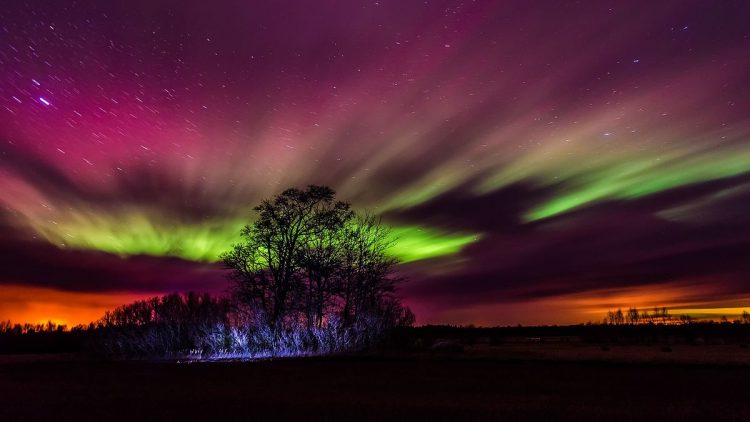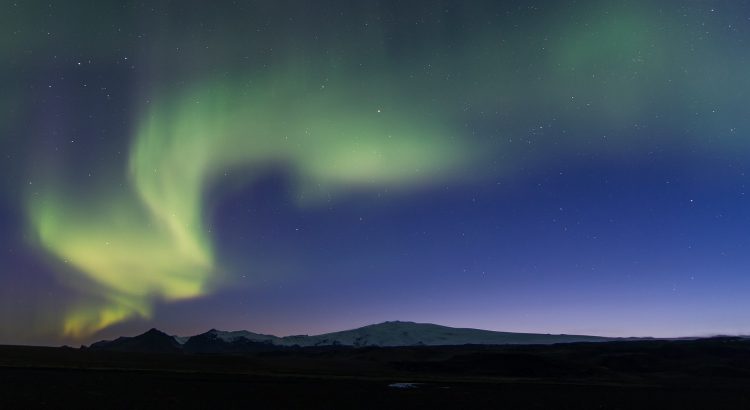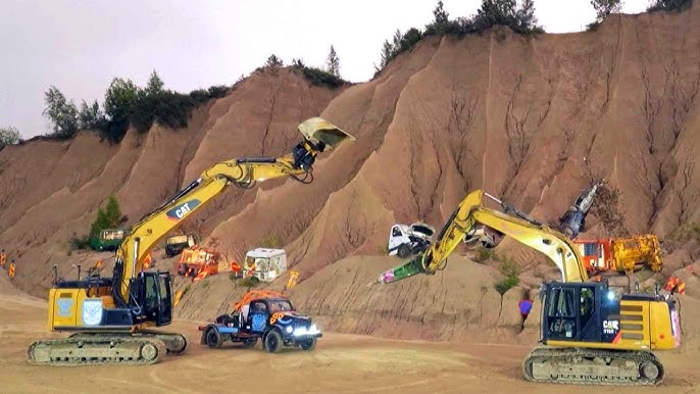Aurora Borealis are natural colored light displays, which are usually observed in the night sky, particularly in the polar zone.
It often appears as a greenish glow (or sometimes a faint red), as if the sun were rising from an unusual direction. The aurora borealis is also called the northern polar lights, as it is only visible in the North sky from the Northern Hemisphere. The aurora borealis most often occurs from September to October and from March to April.
Auroras are produced by the collision of charged particles from Earth’s magnetosphere, mostly electrons but also protons and heavier particles, with atoms and molecules of Earth’s upper atmosphere. The collisions in the atmosphere electronically excite atoms and molecules in the upper atmosphere. The excitation energy can be lost by light emission or collisions. Most aurorae are green and red emission from atomic oxygen. Molecular nitrogen and nitrogen ions produce some low level red and very high blue/violet aurorae.

Photo: Kristian Pikner/Wikimedia Commons

Photo: Sebastien Giguere/Wikimedia Commons













